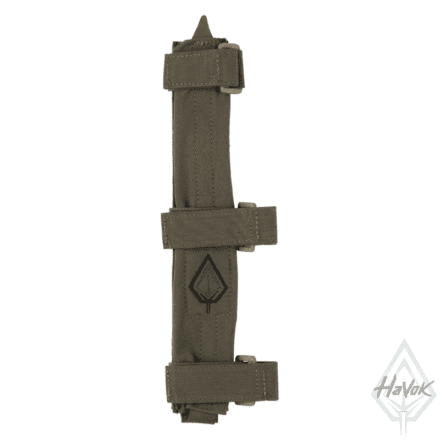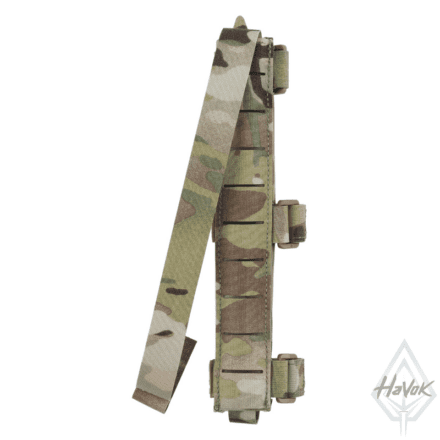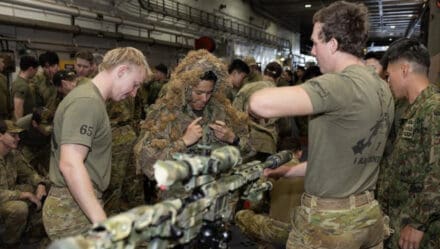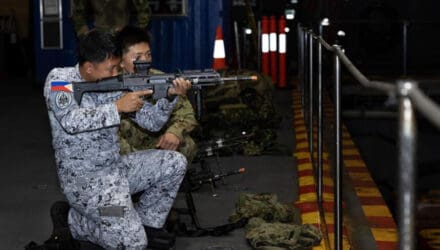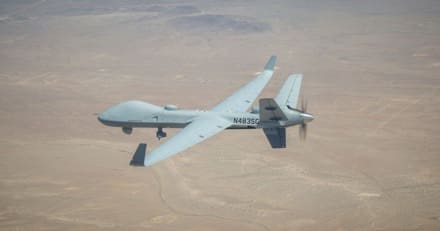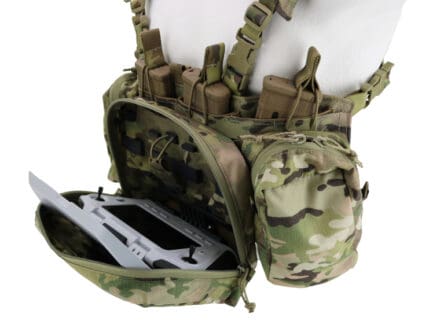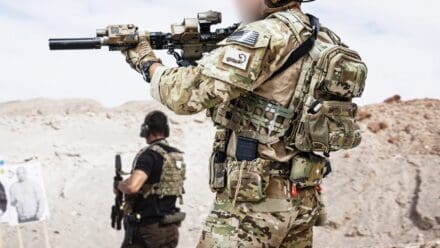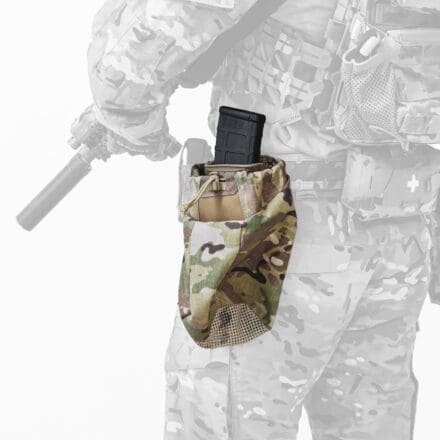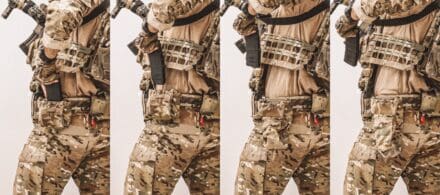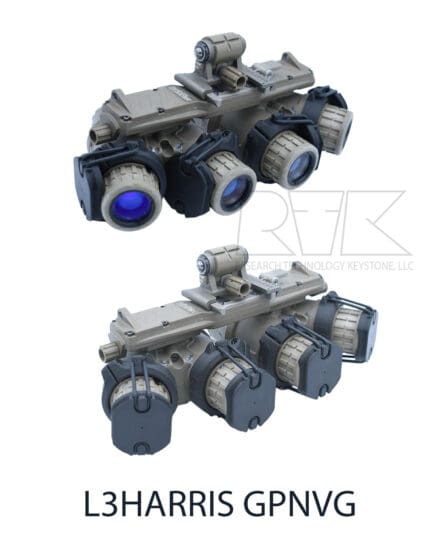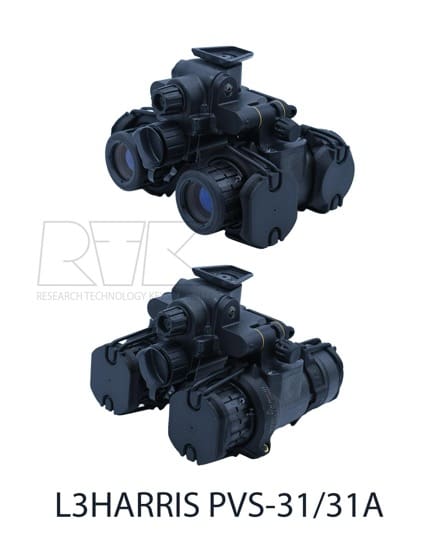- Mr. Ben Hudson, CEO of Hanwha Defence Australia, has been appointed to lead Hanwha’s European and UK defence operations amid accelerating regional expansion.
- Hanwha reinforces its commitment to localised, interoperable, and rapid capabilities for NATO and European allies.
- Hanwha is dedicated to a multi-domestic strategy that strengthens sovereign defence capabilities in close partnership with European allies.

JULY 18, 2025: Hanwha Aerospace has named Mr. Ben Hudson as Chief Executive Officer (CEO) to spearhead the company’s defence operations in Europe and the UK.
Mr. Hudson, who currently serves as CEO of Hanwha Defense Australia (HDA), will also oversee Hanwha’s existing operations across the region while spearheading the company’s future growth opportunities in Europe and the UK.
“I am honoured to join our European and UK defence leadership team at such a pivotal moment for both our company and our European partners,” Mr. Hudson said. “Hanwha’s long-term vision starts at the very top of the company, with a drive to partner with our customers and create enduring sovereign capabilities that can deliver solutions to the defence and security challenges faced by nations now and into the future.”
Prior to joining Hanwha, Mr. Hudson held senior executive roles with BAE Systems, Rheinmetall and General Dynamics, including fifteen years working for these companies in Switzerland, Germany and the UK. He is a mechanical engineer with an MBA from London Business School, served as an Officer in the Australian Army, including operational service in East Timor, and holds both British and Australian citizenship.
Mr. Hudson’s appointment comes as Hanwha accelerates its strategic expansion in Europe, strengthening its position as a trusted defence partner capable of delivering localised, interoperable, and rapid capability solutions to NATO member states and European allies.
With programmes already underway in several countries, such as Poland, Romania, Norway, Finland and Estonia, Hanwha is deeply committed to building a strong industrial footprint across Europe—supporting local economies, transferring technologies, and investing in sustainable defence ecosystems.
“As Hanwha looks to further globalise our business, we are very pleased to appoint Ben—who brings deep experience across European defence markets—to this key role leading our business in Europe and the UK,” said Mr. Michael Coulter, President and CEO of Hanwha Global Defense, which oversees all global business campaigns.
“Europe represents a vital part of Hanwha’s long-term, multi-domestic strategy, where we seek not only to expand our footprint, but also to invest in sovereign capacity and industrial resilience in partnership with local stakeholders,” he said. “Hanwha is fully committed to working closely with our European partners for national priorities, and this appointment marks the beginning of the next phase of our journey—one grounded in trust, long-term collaboration, and shared security goals.”
Hanwha’s Footprints in Europe
Hanwha’s presence in Europe dates back over 40 years, beginning with the establishment of Hanwha Europe GmbH in Eschborn, near Frankfurt. Today, Hanwha continues to expand its regional footprint through major investments and partnerships in countries such as Poland, Romania, Norway, and the UK.
Over the past decade, Hanwha has delivered five 37,000-ton Tide Class Replenishment at Sea (RAS) ships—four to the United Kingdom and one to Norway—demonstrating the company’s naval shipbuilding capability and trusted delivery record.
In the land systems domain, Hanwha has secured contracts for the delivery of more than 800 K9 Self-Propelled Howitzers to multiple European countries, including Poland, Norway, Finland, Estonia, and Romania. As part of its strategic cooperation with Poland, Hanwha is also delivering 290 Chunmoo Multiple Rocket Launch Systems to bolster the country’s long-range firepower.
In addition, Hanwha is a major supplier of artillery modular charges to NATO customers in Europe. The company has also established deep industrial partnerships across the continent to facilitate the export of European-manufactured components and technologies in support of Korean and international defence programmes.
